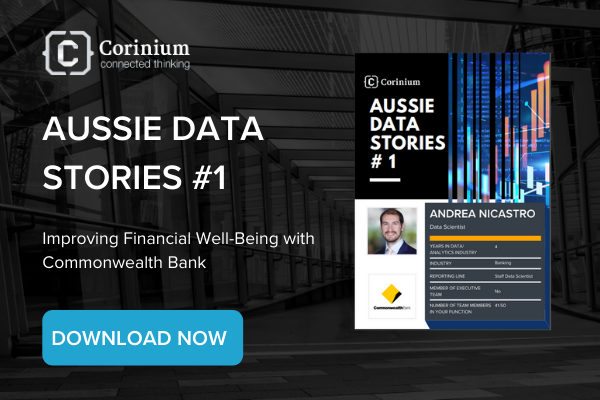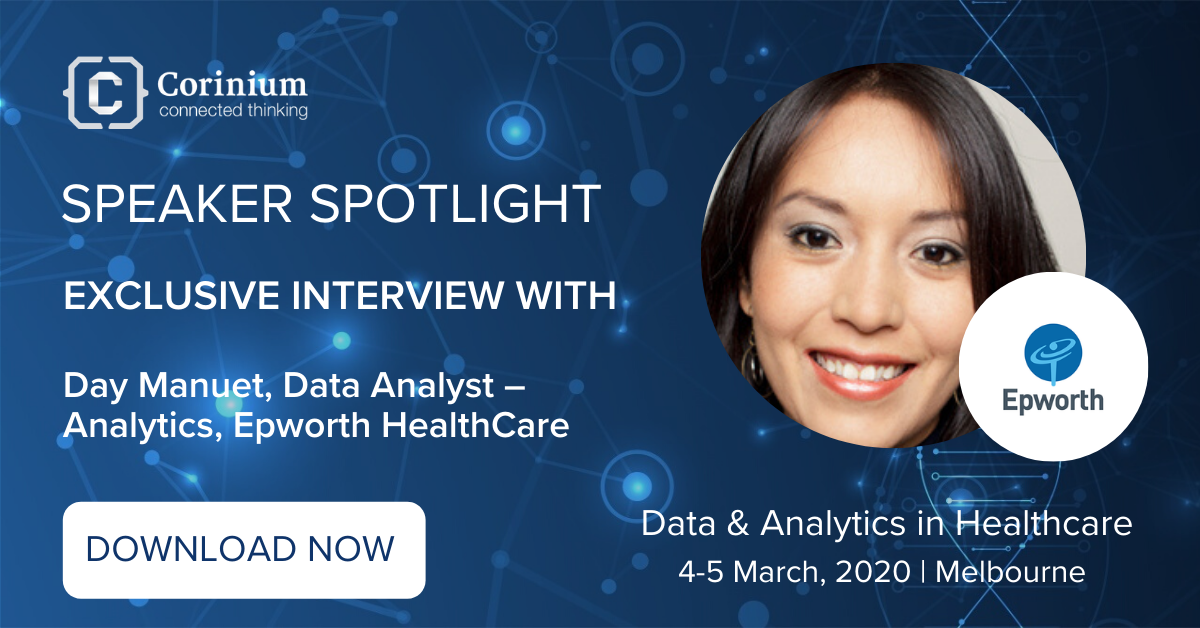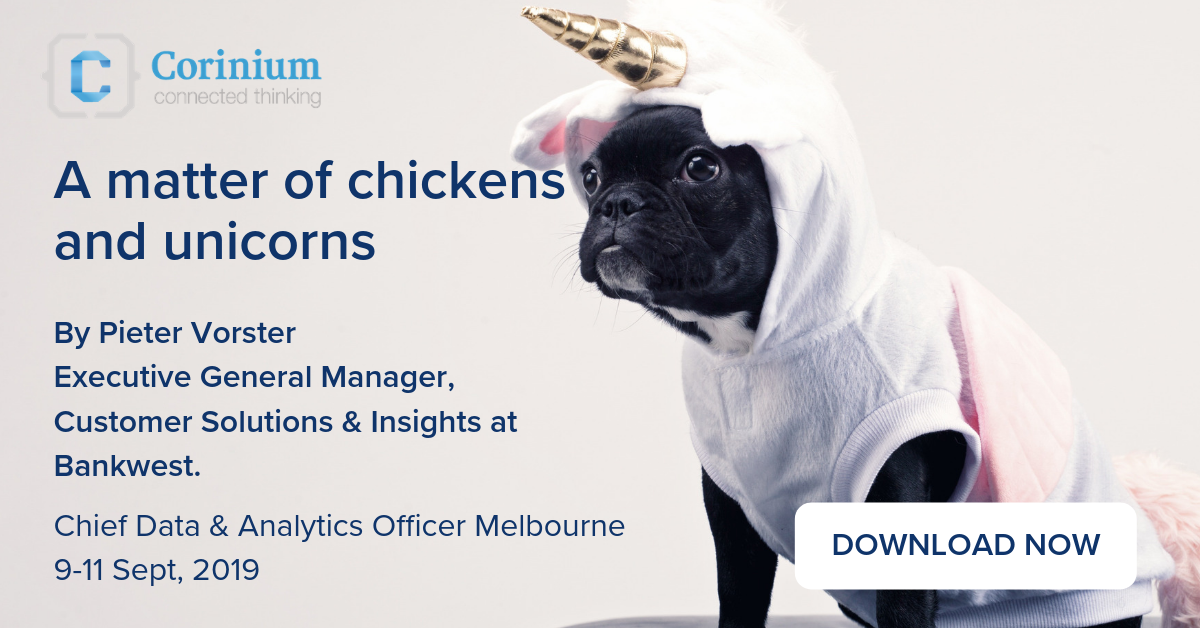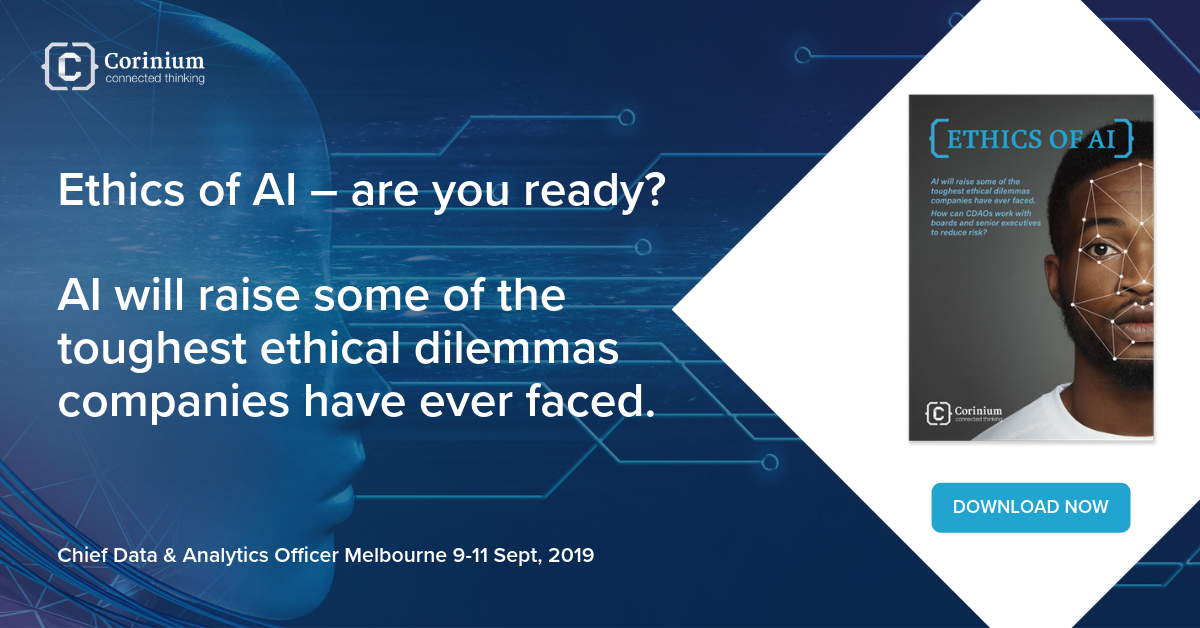Ahead of the annual Chief Data & Analytics Officer Brisbane, we caught up with Gaurav Ahuja, Head of Digital Analytics, Big W to discuss his process for ad hoc analytics requests, how to prove that analytics investments will deliver a strong ROI, as well as his main learnings from a extensive career across data & analytics.
1. How have you gone about utilising analytics to fine-tune and optimise aspects of sales, costs, operations and customer?
In terms of the various roles that are played over the last few tears, typically, analytics is either a function which integrates strongly with strategy, and hence drives either long term strategy for the business, or it helps drive operational optimisation or tactical decisions – those are the main three areas analytics plays a part in. The way you go about analytics to help fine tune these operational aspects of the business is through having a mix of: daily, weekly, monthly reporting – having a proper business intelligence function that has the capability to provide regular reporting and dashboards. In terms of costs, they aren’t looked at on a daily basis, especially not in the retail sector, but have been broken down into – COGS and advertising/marketing, which are typically looked at on a monthly basis to determine whether your cost base has been right for that particular month. For example if freight costs rise above budget, and sales are at budget, you have to look at the data to see why this has occurred and action this, whereby you could look at other logistics suppliers, additionally, you could look at how could you optimise order assignment – and that’s where analytics comes in.
Looking at customer segments, there are various types, based on frequency, recentcy, monetary value, new, lapsed etc. All of these different groups of customer data enable us to report on what’s happening with our customer portfolios – are we getting more high values customers that are shopping more frequently with us? By knowing more about our customers, we then get a better idea of what to expect in terms of our product mix. Additionally, the amount of customer engagement received will heavily impact your portfolio view of customers, and based on the new mix, you will need to revise marketing and sales strategies and activities to reflect what is relevant to the new mix.
2. How have you created the process and operation for ad hoc analysis and analytics requests for specific business problems and ensured your data team can work effectively with the rest of the business and vice versa to quickly diagnose problems?
For myself and my team, we follow the Agile methodology, which include scrum meetings with the business every two weeks involving all stakeholders from the various business teams. We then prioritise the analytics work that’s on at that time, so there’s a backlog, work in progress, done (in the past financial year). The scrum board is maintained by my team, so we add in new tasks or requests onto the backlog as they come in, and as we go into the prioritisation meeting, these tasks get assigned to members of my team who has about two weeks to come back with a fairly robust solution, unless it is a larger initiative or project that needs more time. In that case we would organise a separate planning and management cycle for that. However, most analytics requests can be completed in two weeks
3. With regard to developing the business case for investment in these, how have you gone about relating and proving the impact it will have with regard to financial return?
In a way, everything boils down to sales and net margin, so if I’m asking for a sum of money to invest in a data science initiative, there needs to be a return on that investment attached to it, and the way that it’s done in the e-commerce business is are you able to influence the drivers of sales and performance? To understand this you need to identify what is going to change as a result of the initiative. If you take for example, website personalisation, setting up personalised banners for a customer based on what they have viewed on the website previously, by implementing that, will that impact the conversion rate? Will it drive clicks, grab an impression? And if so, how many clicks will it drive, how many impressions will it make and how many sales will be made as a result of this? By doing commercial work around that and by having some assumptions about those drivers of sales is how you come up with the ROI.
4. How can data leaders better understand what senior stakeholders need and the most beneficial insights to equip them with day-to-day strategic decisions?
From my experience, day to day decisions are not strategic in the first place, it’s more operational. As mentioned earlier, analytics only has two applications, one is to drive strategy and the other is to drive optimisation. Optimisation relates to more tactical and operational decisions, which are your day to day decisions, and strategy typically anything greater than twelve months from my experience. So, when you look at how data leaders better influence senior stakeholders, they provide meaningful insights, but these insights need to be presented simply, even though they are used to seeing massive financial spreadsheets, at the end of the day, you have very little time and a lot to do, so they will need to make meaningful decisions. In order for them to make these decisions, make the presented data simple, where perhaps less is more – less of numbers and more of context. After you have presented all of the analysis, it’s always important to call out what has changed, and what has been the cause of that change.
5. What have the 3 key learnings/takeaways been for you?
- To be able to develop and maintain a reputable analytics function – and the key way to do this is through trust. Getting the trust of your stakeholders, as you are presenting numbers, analytics is actually no less serious than finance. The more we get used to using numbers to make decisions, the more we expect them to be very accurate.
- Use the right tools, techniques and methodologies for the task at hand – don’t try to cut a watermelon with a sword.
- You won’t always get the perfect people all the time – you might want a data scientist but then get a software developer. It’s important to make do with the resources that you have. Believe in your people and believe in their ability to learn an upskill.
ABOUT:
Gaurav Ahuja
Head of Digital Analytics, Big W








